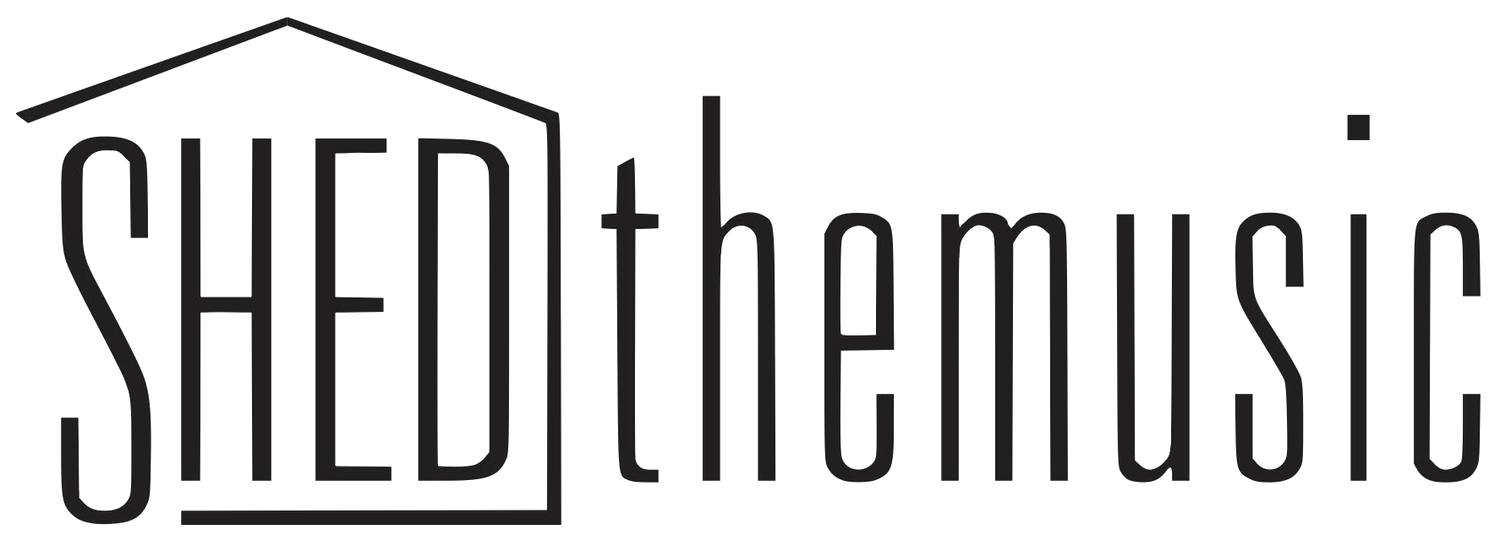3.5 | Bass Clef
There will be a video overview of each chapter that demonstrates how to complete each section with a multicamera view.
Learn
This video is going to be replaced two animations. The animations will reflect all of the content in the learn section.
Staff: Standard music notation uses “staffs,” the five horizontal lines that notes are placed on. A note can be placed either on the line itself or in the spaces between.
Clef: On the left of each staff is a clef. Clefs tell us which note corresponds to a specific line.
Bass Clef: The two dots to the right of the clef show where the F line is, which is why the bass clef is also called the "F clef." Some instruments that use bass clef are bass guitar, upright bass, tuba, trombone, timpani, bassoon, and contrabassoon.
Ledger Lines: Ledger lines are used to display notes above or below the staff. They are written as line segments with the same spacing as the staff.
Accidentals: Notes can be raised or lowered one half-step using accidentals. Sharps (#) raise notes and flats (b) lower notes, and they are always written before the note in standard notation. Accidentals remain active for the entire measure. When the measure ends, the accidental resets. Accidentals affect notes in any octave. A natural sign (♮) is used to cancel out a sharp or flat.
Transposing Instruments: Some instruments play or "sound" different pitches than what is notated. The bass guitar, upright bass, and tuba are all transposing instruments because they sound an octave lower than what is written: A bass guitar reads C2 on the staff, but it sounds a C1.
DAW + WCM Octave Numbers: Octave numbers used in DAWs and by WCM (Western Classical Music) players are different. The C in the middle of an 88 key keyboard (middle C) is known as C4 by WCM and as C3 in DAW programs.
Practice
Practice identifying notes on the bass clef staff and finding notes on the piano keyboard.
Note Identification
Keyboard Identification
Read
There will be two scores in this section. One will be a say-and-play exercise in different left hand positions.
Another will be simple, left-hand melodies with a backing track.
Write
Learn about The different types of bass line motion.
Write some bass lines using the prompts in the Noteflight score.
Transcribe
Use your ear to transcribe the bass lines on this Noteflight score.
Share To Classroom

